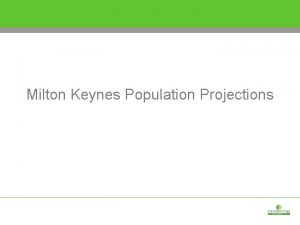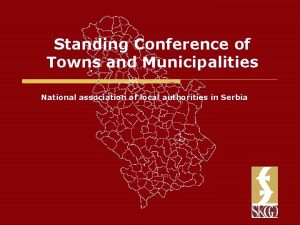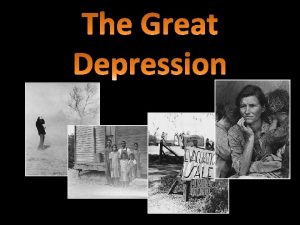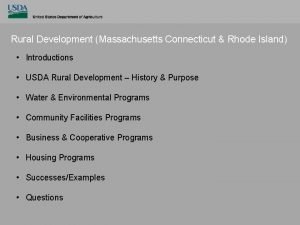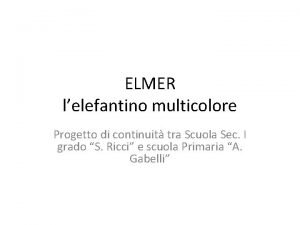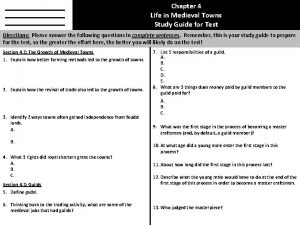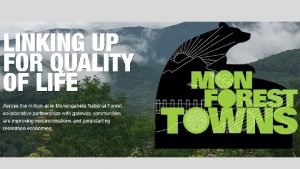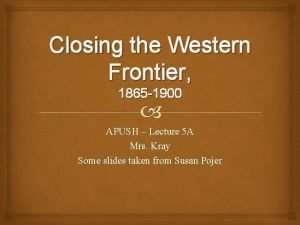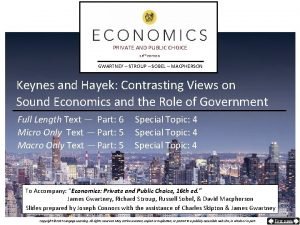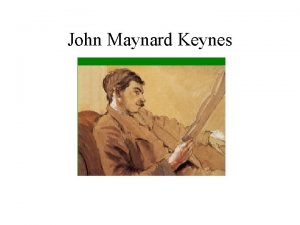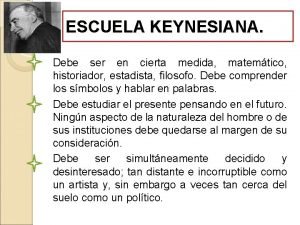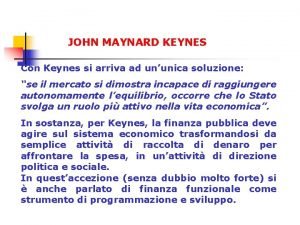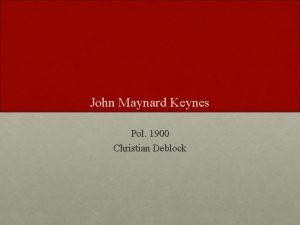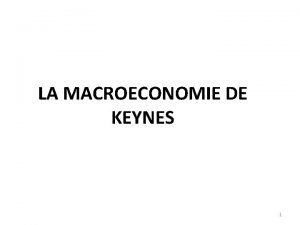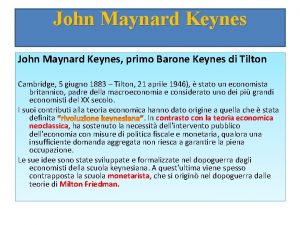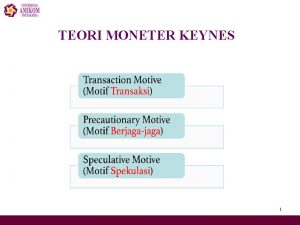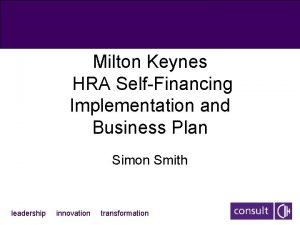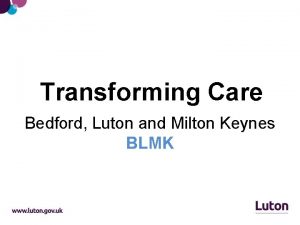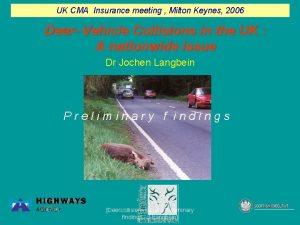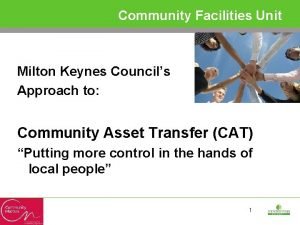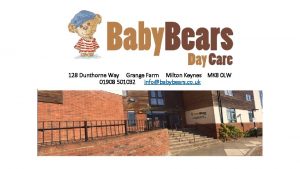Milton Keynes and its place within new towns



























- Slides: 27

Milton Keynes and its place within new towns history Dr Katrina Navickas University of Hertfordshire

‘old’ towns – they were ‘new’ once Roman town of Silchester http: //www. wikiwand. com/en/Calleva_Atrebatum Winchelsea, founded under Edward I http: //www. winchelsea. net/

A brief history of new towns

Factory towns: New Lanark (1786)

Utopian experiments • Owenite socialist communities – New Harmony, Indiana, (1823 -5), Kendal, Ohio (1826 -9) • Chartist Land Plan settlements, 1846 -52 – e. g. O’Connorville (Heronsgate), Hertfordshire; Charterville (Minster Lovell), Oxfordshire

Factory towns: Saltaire (1851)

Factory towns: Port Sunlight (1888)

Garden City movement (1898 -)

Early 20 th century • London County Council – slum clearance & planned communities since the 1890 s • Garden city movement – soon popular in USA and Australia – e. g. Garden City, Port Melbourne (1920) • New technologies spark new factory cities – e. g. Fordlandia, Brazil (1928 - failed in 1934)

New Towns Committee (1945 -6) • “promotion of New Towns in furtherance of a policy of planned decentralisation from congested urban areas … such Towns should be established and developed as selfcontained and balanced communities for work and living. ” ‘Charley in New Town’, Central Office of Information for Ministry of Town and Country Planning, 1948

From subtopia to utopia? – planners’ cultural attitudes suburbia • Cosy but suffocating? • Betjeman’s Metroland • Ian Nairn (1955) on England as ‘a universal subtopia, a mean and middle state, neither town nor country … a universal condition which spreads both ways from suburbia’ • Sitcom suburbia – e. g. Hancock; Bless This House; The Good Life; Reggie Perrin New towns Problems with mark 1 new towns: “The whole concept of planning. . . has gone cockeyed … Stevenage has become a focus for junkies. . Harlow has been parasitical on surrounding communities. ” “Non-Plan: An Experiment in Freedom” by Banham, Barker, Hall and Price (1969)

‘urban renewal’ programme in the 1960 s • ‘Mark 2’ towns – Skelmersdale, Livingstone, Redditch, Runcorn and Washington. • ‘Mark 3’ towns under Wilson’s government - 1965 New Towns Act – Milton Keynes, Northampton, Telford, Peterborough. http: //www. nationalarchives. gov. uk/education/resources/sixties-britain/map-new-towns/

Planning Milton Keynes • 1967 Milton Keynes Development Corporation • Very influenced by California urban theorist Melvin Webber as well as Garden City ideals – Webber: technology allows decentralization; ‘place-free’ and ‘stretched-out’ communities • 1970 Master Plan’s ‘six broad goals’: 1. 2. 3. 4. 5. 6. Opportunity & freedom of choice Easy movement and access, good communications Balance and variety Attractive city Public awareness and participation Efficient and imaginative use of resources.

New Towns Committee and Act (194546) • Frederic Osborn, key figure in Welwyn Garden City, served on the committee • Called for each new town to be zoned, with a central area, residential areas designed to the American neighbourhood unit principle, and an industrial zone • 20 ‘Mark 1’ towns: including 8 in London hinterland: Basildon, Harlow, Crawley, Bracknell, Hatfield, Hemel Hempstead, Stevenage, and expanded WGC • Only 1 new town built in 1950 s – Cumbernauld, Scotland

Planning Milton Keynes • MK Plan is holistic – covered planning and transport; population growth; social development; education; health; social services; leisure; agriculture; housing; employment and industry; shopping; water supply; engineering. • Strongly modernist design to buildings • Idea of a city in the forest – green space, trees and low rise buildings • Grid layout for streets with roundabouts integrating existing villages within the system – mix of old and new

Milton Keynes compared with other postwar new towns 1969 community consultations: Walter Bor compared the plans with Stevenage: “the idea is to have a flexible framework to try and provide for the unrestricted use of the car, with public transport service as well, small buses with easy access. We will not as in the old new towns have interlocking neighbourhoods but Activity Centre at the crossing points for the development of the community. Market demands will be largely responsible for the siting of shops, schools, etc. ” • Clapson, ed. , The Plan for Milton Keynes, p. 10. Aimed for ‘balance and variety’ of social class, whereas the earlier new towns were predominantly working-class ‘overspill’ from slum clearance


International context • 1965 France - Paul Delouvrier – planner for the new administrative territory of the District de Paris, ‘the ultimate application of systems theory’ (Wakeman, Practising Utopia, p. 219) • 5 new satellite towns linked to Paris by rapid transport network • Attempted to avoid the lessons of British new towns mark 1

International context – postwar new towns across the world Including: • Nowa Huta, Poland (1949) • Electrenai, Lithuania (1961) • Reston, Virginia, USA (1964) • Columbia, Maryland, USA (1967) • Almere, Netherlands (1975) • Index at http: //www. newtowninstitute. org/newtowndata/index. php

International new town institute www. newtowninstitute. org

Researching old towns in England • • • English place name society Victoria County Historical trade directories Maps and tithe maps Census and parish records

Researching new towns – how different from researching ‘old’ towns? • Management of the city through a Development Corporation – different type of organisation and archives • Archives likely still to be with councils rather than in record offices • Data protection and people still alive! – hence census not available – but other types of sources e. g. oral history archives

Key issues relating to new towns history • Urban dispersal – political and economic reasons • Urban planning and policy • Migration • ‘new town blues’ – issues of isolation • ‘old town’ versus ‘incomers’ • Gender, class and ethnic make-up and changes over time

Topics to cover and what sources to choose Urban planning Government legislation; Election results; newspapers Political history Social and cultural history Oral interviews, community archives Development Corporation documents; architects’ drawings People’s history Newspapers, magazines, pamphlets; documentaries

Key questions to ask of your sources • The 6 ‘w’s: 1. What is it? 2. Who made it? 3. When was it made? 4. Why was it made? 5. What audience did it have? 6. What does it tell us about the bigger story?

sources • MK digitised archives and catalogue - https: //ehive. com/collections/4535/milton-keynes-citydiscovery-centre • People’s History of Milton Keynes oral histories • Talking New Towns project – Hatfield, Hemel Hempstead, Stevenage and Welwyn Garden City - http: //www. talkingnewtowns. org. uk/ • British Newspaper Archive (subscription needed – or access at the British Library) • local libraries, MK Discovery Centre, and Bucks Archives for local newspapers, maps, literature • RIBA library • BFI film archive for public information films and documentaries

Further reading • Mark Clapson, new ed. , Milton Keynes Development Corporation, The Plan for Milton Keynes (Taylor & Francis, 2013) • Mark Clapson, Invincible Green Suburbs, brave new towns: social change and urban dispersal in postwar England (Manchester University Press, 1998) • Frederick Osborn and Arnold Whittick, New Towns: their origins, achievements and progress (Leonard Hill, 1977) • Rosemary Wakeman, Practising Utopia (University of Chicago Press, 2016) • David Kynaston, Modernity Britain: A Shake of the Dice, 1959 -62 (Bloomsbury, 2014)
 Plastic recycling milton keynes
Plastic recycling milton keynes Milton keynes population 2021
Milton keynes population 2021 Arizona league of cities and towns
Arizona league of cities and towns Standing conference of towns and municipalities
Standing conference of towns and municipalities Schuller's view mastoid
Schuller's view mastoid Kiawah island police
Kiawah island police Disadvantages of shanty towns
Disadvantages of shanty towns Hoover towns
Hoover towns Towns near dedham ma
Towns near dedham ma On the same side of a straight river are two towns
On the same side of a straight river are two towns Usda approved towns in massachusetts
Usda approved towns in massachusetts Elmer towns
Elmer towns Life in medieval towns answer key
Life in medieval towns answer key Iron tools and agriculture
Iron tools and agriculture Mon forest towns
Mon forest towns Closing of the western frontier apush
Closing of the western frontier apush 신일녀
신일녀 Millions billions trillions chart
Millions billions trillions chart Setting time place and atmosphere
Setting time place and atmosphere Teoria di keynes
Teoria di keynes Pasar uang dan pasar tenaga kerja
Pasar uang dan pasar tenaga kerja Keynes vs hayek
Keynes vs hayek Keynesianismus
Keynesianismus Keynes theorie
Keynes theorie Preferencia de liquidez
Preferencia de liquidez Teoria di keynes
Teoria di keynes Escuela keynes
Escuela keynes Three ranges of the as curve
Three ranges of the as curve

